In one of the most remote corners of the world, hidden deep within the planet’s deepest canyon, researchers have discovered a natural giant—the tallest tree in Asia, standing even higher than the iconic Statue of Liberty.
This record-breaking tree is a towering cypress located in the Yarlung Zangbo Grand Canyon, a dramatic and ecologically rich gorge in the Tibet Autonomous Region of southwest China. With a staggering depth that exceeds 6,000 meters, the canyon itself is already known as the deepest in the world. Now, it’s also home to Asia’s tallest tree.
Discovered in the Depths of the Yarlung Zangbo Canyon
On June 19, Peking University announced that a research team from the university had made the discovery during an expedition in May, deep inside a nature reserve in Bome County, Nyingchi Prefecture, Tibet.
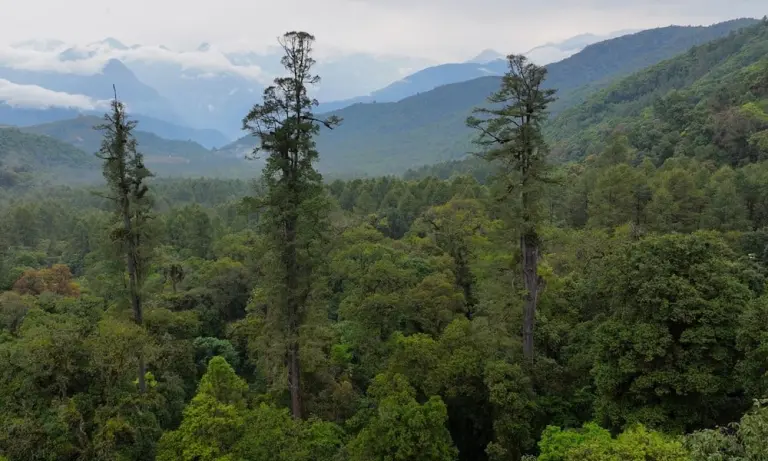
The tree, a giant cypress, measures an astonishing 102.3 meters (335.5 feet) in height—taller than the Statue of Liberty (93 meters including its pedestal). This makes it the tallest tree in Asia and the second-tallest tree on Earth, trailing only the Hyperion redwood in California, USA, which stands at 115.92 meters.
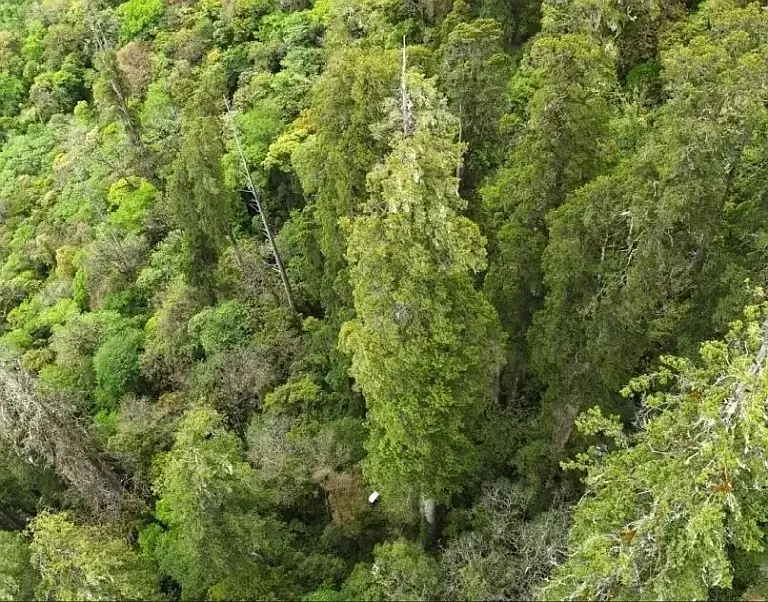
>> The 3,000-year-old sacred tree at Takeo Shrine, Japan
A New Record in Tree Height
Before this discovery, the tallest known tree in China was a fir tree measuring 83 meters, also found in the Tibet Autonomous Region in May 2022. Even earlier, in April that year, the team discovered another tall tree—a 77-meter giant in Motuo County.
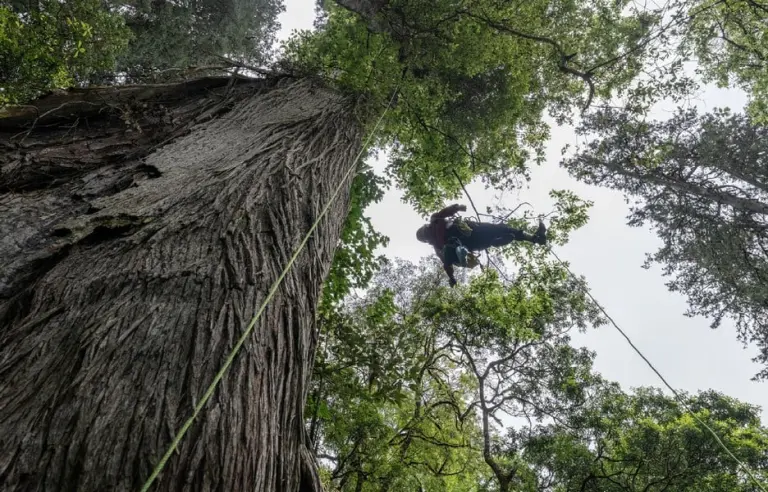
These findings not only rewrite the record books but also highlight Tibet’s unique role as a sanctuary for ancient and towering trees, many of which remain unexplored due to the region’s remote geography and rugged terrain.
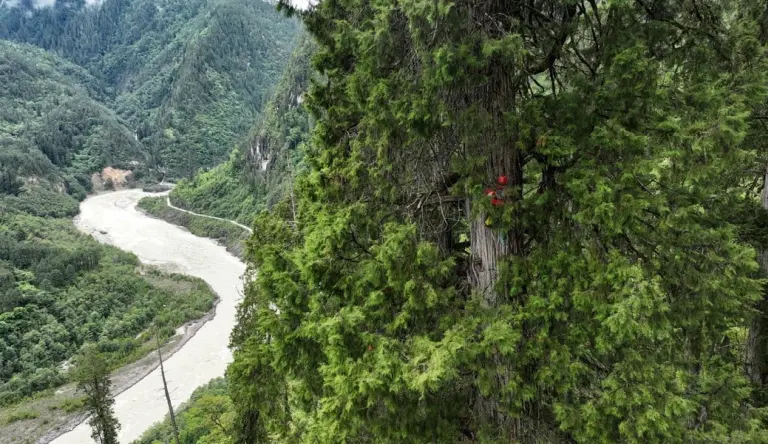
>> The Inverted Fig Tree – A Fascinating Attraction in Naples
A Fragile Ecosystem Under Study
Tibet’s remote forests represent one of the last truly wild ecosystems on Earth—but they’re increasingly threatened by development and climate change. The latest discovery has drawn attention not just for the record it breaks, but for what it reveals about the fragile biodiversity of the region.
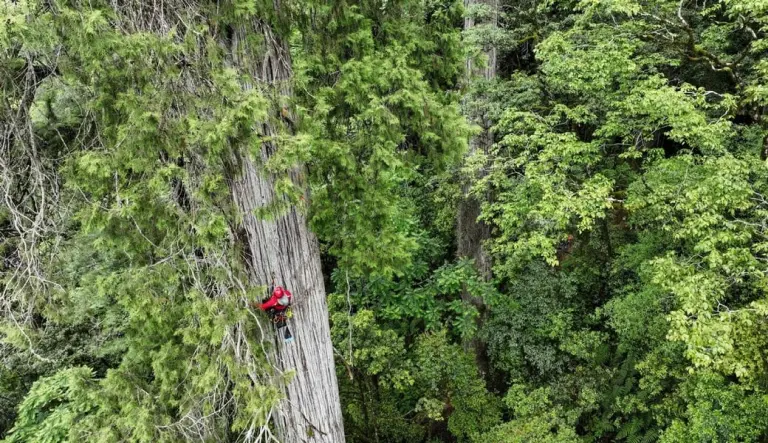
In parallel with their discovery, scientists from Peking University are conducting a broad ecological survey to map tall tree populations, document rare species, and promote ecosystem conservation in the canyon and surrounding regions.
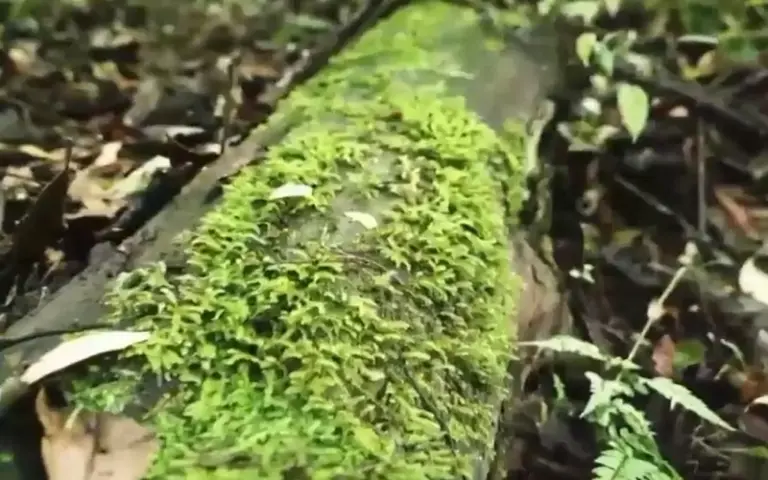
>> The Strange Island Home to One of the Most Unique Trees on Earth
A Tree That Redefines Forest Ecology
According to Professor Guo Qinghua of the Institute of Remote Sensing at Peking University, what makes this tree even more fascinating is its unusual root system—part of it is exposed above ground, defying what’s typically expected in forest giants.
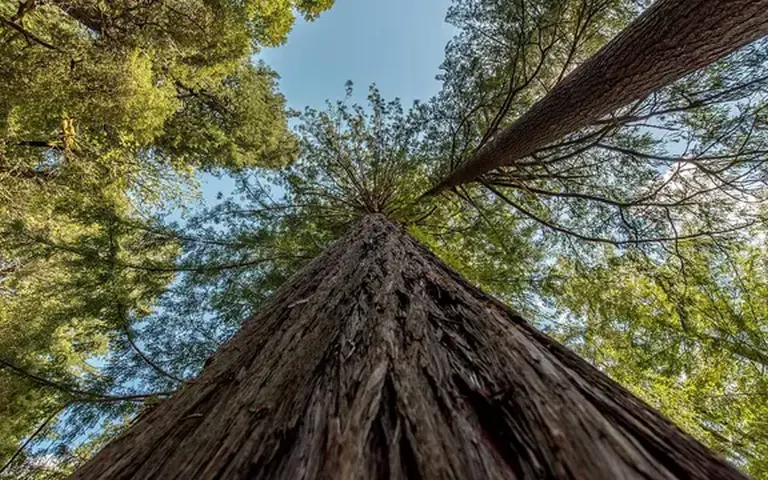
Its complex branching structure also plays a crucial role in supporting a variety of smaller plant and animal species, some of which are endangered. The tree acts like a miniature ecosystem, creating microclimates that help sustain surrounding biodiversity.

>> El Árbol del Tule – The Thousand-Year-Old Giant Tree in Mexico That Takes 30 People to Embrace
The Forest of Giants
The discovery of the 102.3-meter cypress suggests that the Yarlung Zangbo region could be home to many more natural giants yet to be documented. The area is now being recognized as one of China’s densest zones for giant trees, and interest in exploring its untouched wilderness is growing.
As scientists continue to study this ancient landscape, one thing is clear: this isn’t just a tree—it’s a symbol of nature’s hidden power and resilience. And in a time of environmental uncertainty, discoveries like this one remind us just how much of the natural world is still waiting to be found.






